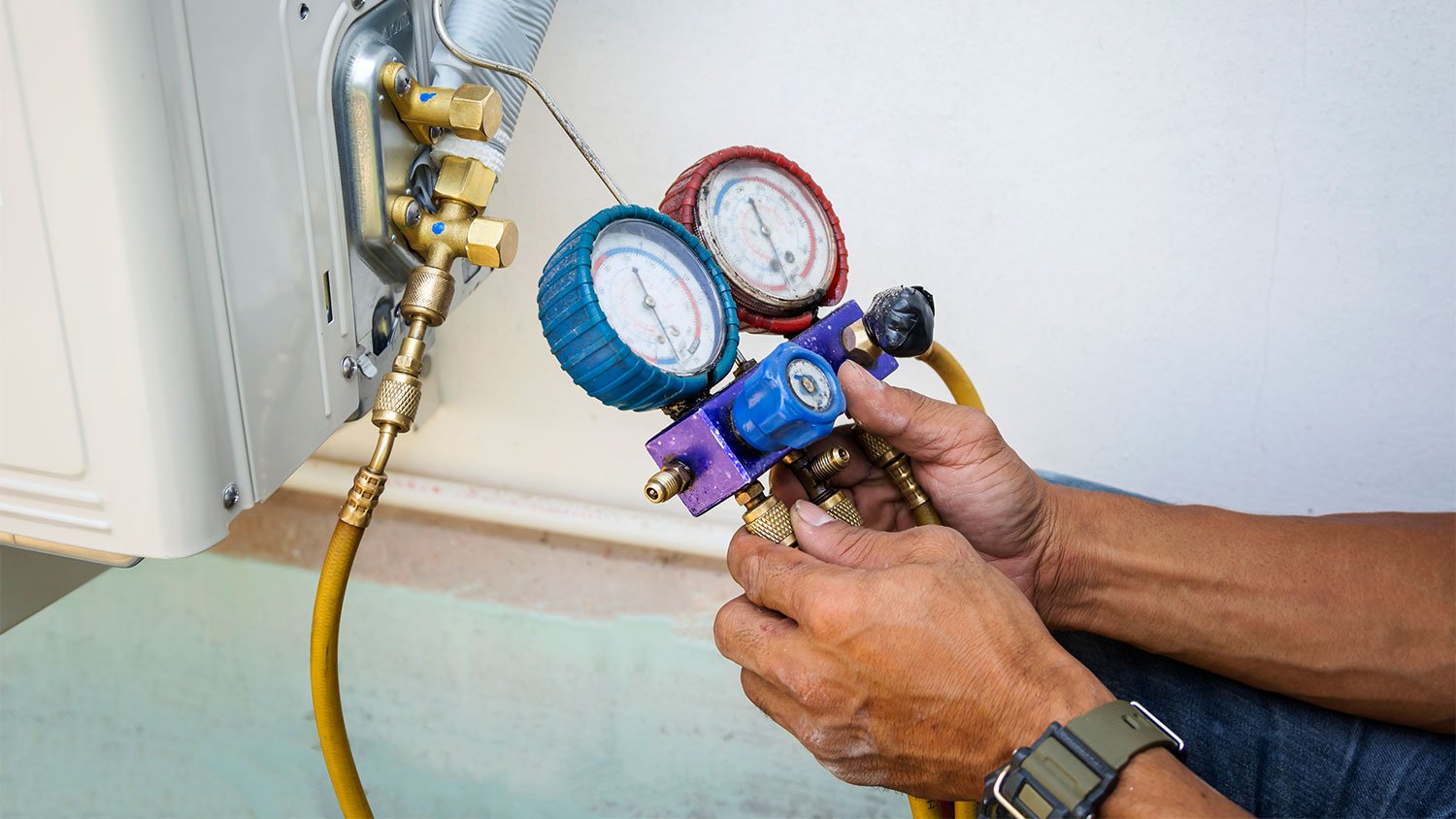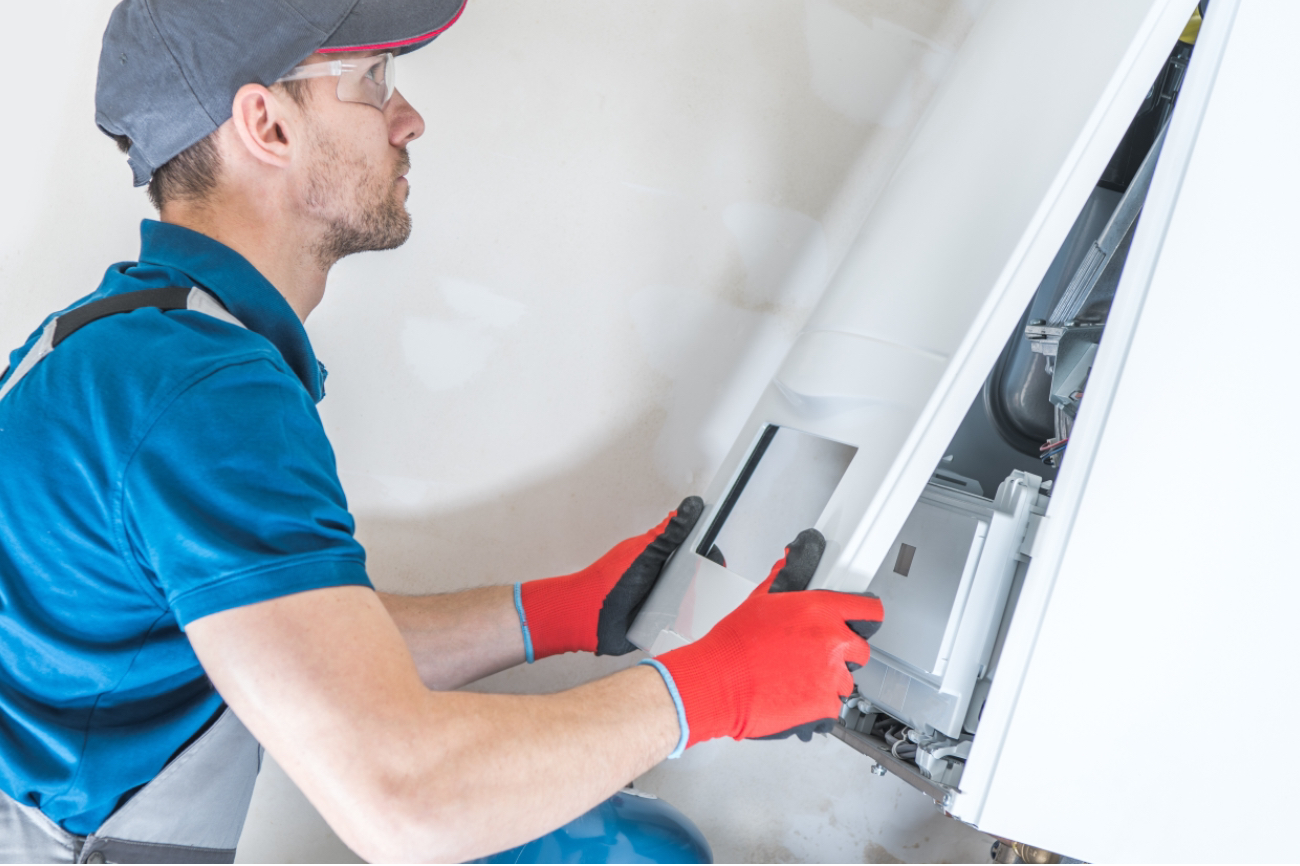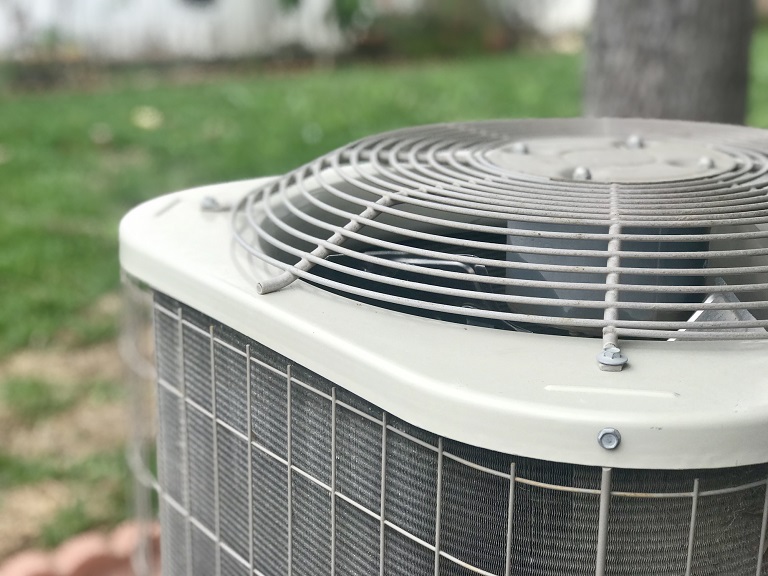
Average costs of HVAC inspections vary based on house size, location, and type of HVAC system. Follow our easy guide to gauge your home’s HVAC inspection cost.
Counterfeit refrigerants are not cool


Counterfeit refrigerants are fake refrigerants.
These can be harmful and cause damage to your AC system.
Avoid counterfeit refrigerants by taking steps such as researching your supplier.
Always hire a reputable, licensed HVAC pro to handle refrigerants.
As a homeowner, it’s important to stay alert to all relevant home scams that could negatively impact your home. In the case of counterfeit refrigerants, people, unfortunately, will try to sell you cheaper solutions as refrigerant increases in price. Become a more proactive homeowner by equipping yourself with the knowledge and resources to know what to do if you suspect you have a counterfeit refrigerant.
Counterfeit refrigerants are imitation refrigerants that mimic approved refrigerants. Counterfeit refrigerants often contain a corrosive or fatal mixture of gasses, usually a combination of different refrigerants.
These fake refrigerants often contain methyl chloride, which are hazardous if exposed to or breathed in. Counterfeit refrigerants may be impure and harmful to your health and AC system and often have discounted prices.
Certain types of refrigerants are more likely to be counterfeited. These include R-22, R-134a, R-404A, and R-410A.
Although you won’t always be able to spot a counterfeit refrigerant, there are a few measures you can take if you suspect something unusual.
A trusty supplier is less likely to supply counterfeit materials, so research how long the supplier has been around and look for reviews to help you determine their reputation.
If the price seems too good to be true, it probably is. Compare quotes from other suppliers to gauge the accuracy.
On average, air conditioner freon refill costs around $100 to $300 for units that use R410A refrigerant. This can rise to $600 if your unit requires R-22 refrigerant. Meanwhile, the cost for wholesale R-22 refrigerant is around $20 to $50 per pound on average.
Another way you can spot a counterfeit refrigerant is by looking for physical signs on the cylinder. If the refrigerant cylinder looks scraped or repainted, it may be counterfeit.

If you suspect you’ve introduced a counterfeit refrigerant into your system, hiring a professional HVAC service is crucial. A professional will be able to inspect your system and confirm whether or not the refrigerant is counterfeit.
It’s also essential to make sure the professional you hire has all the necessary HVAC certificates for performing the work around your refrigerant. The Environmental Protection Agency (EPA) requires three types of certifications: HVAC technicians may have: Type 1, Type 2, and Type 3.
Look into which type is best for the specific issue, and confirm beforehand that the technician has it.
Having a counterfeit refrigerant in your home poses several risks which are laid out below.
If you have counterfeit refrigerant, contaminating chemicals such as methyl chloride (R-40)may rust your system. In the short-term, rust leads to leaks and compressor failure. Long-term, you might be staring down potentially costly AC damage repairs.
Your AC system won’t cool spaces as efficiently or effectively with counterfeit refrigerants. And because your system is working harder to keep up, you may incur higher energy bills.
Counterfeit refrigerants often contain improper chemical mixes, which, when mixed with aluminum, can become a toxic combination. When these chemicals come into contact with air, the reaction can cause an explosion or fire.
From average costs to expert advice, get all the answers you need to get your job done.

Average costs of HVAC inspections vary based on house size, location, and type of HVAC system. Follow our easy guide to gauge your home’s HVAC inspection cost.

What you’ll pay in Columbus, OH, for furnace repairs depends on many factors. Here’s a breakdown of what can go wrong and the cost to fix those issues.

The average boiler installation cost depends on size, system type, and other factors. Keep reading to learn the cost of a new boiler.

Discover heat exchanger replacement costs to learn about price factors, labor, and ways to save before hiring a pro or starting your project.

Discover the average air handler replacement cost, including labor and materials, plus expert tips to help you budget and save on your HVAC upgrade.

Energy bills rising? Here’s how to perform a DIY duct leakage test to locate any damage in your ductwork and restore your energy-efficient home.